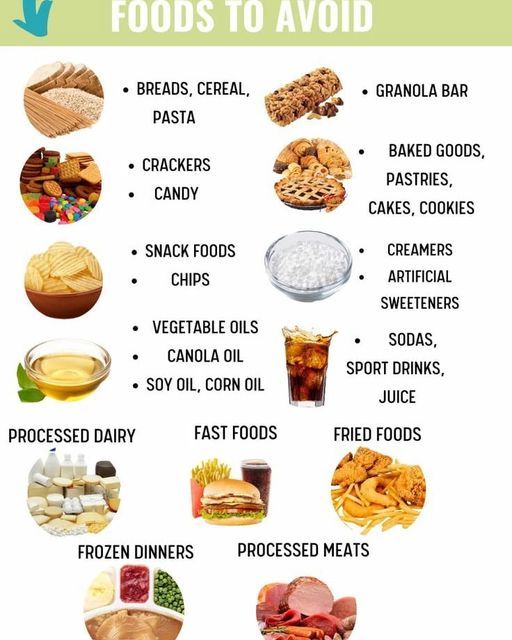By reviewing NCLEX Exam Questions students can identify common themes and patterns in exam content, improving their chances of success.
NCLEX Positioning the Patient Questions
Positioning the Patient NCLEX Questions Test Strategies
- Proper positioning of clients is important for their comfort and recovery, and to prevent complications such as pressure ulcers.
- Different bed positions, such as flat-bed, Fowler's position, Trendelenburg's position, prone position, and sitting position, are used depending on the patient's condition and the procedure being performed.
- The position of choice for patients with respiratory distress syndrome is Fowler's position, which allows for better lung expansion and ease in breathing.
- Trendelenburg's position is used during lower abdominal surgeries, central venous catheter placement, and to treat low cardiac output, but should not be used in lung disorders.
- Reverse Trendelenburg's position is used to prevent esophageal reflux and orthostatic hypotension.
- Prone position is helpful for patients requiring a breathing machine, ftill extension of hip and knees, and better lung drainage in certain lung conditions, but should not be used for patients with spine surgery or spine problems.
- Sitting position is suitable for people who have difficulty in breathing and exhaling.
- Lithotomy position is common for childbirth and vaginal examination.
- Keeping the leg elevated above the level of heart is helpful for patients with varicose veins.
- (Remember, these are just key points, we will study further about positioning of patients in the 'Practice Session'.
Positioning the Patient NCLEX Practice Questions
Question 1.
A nurse needs to clear the drainage from the postural lobes of lung due to some conditions. Which of the following position would she put the patient in?
(a) Fowler's position
(b) Semi-Fowler’s position
(c) Trendelenburg’s position
(d) Reverse Trendelenburg’s position
Answer:
(c) Trendelenburg’s position
Explanation:
Trendelenburg’s position is a common position used during lower abdominal surgeries and central venous catheter placement. This position is selected if some drainage or clearance is required from the postural lobes of the lung.This position is also used to treat low cardiac output.
This also helps to reduce leg swelling and to help move heavy patients up in bed. There are also some indications in which this bed position is not selected. We should be very careftd about this. It may cause elevated intracranial pressure, and impaired lung mechanics so should not be used in lung disorders.
Question 2.
A patient diagnosed with COVID 19 shows oxygen saturation of 91. Which of the following position is better for rest for such patient?
(a) Prone position
(b) Fowler's position
(c) High Fowler's position
(d) Trendelenburg's position
Answer:
(a) Prone position
EXplanation:
Prone position helps to make breathing easier. We may have known that patients with low oxygen saturation during COVID-19 crisis were often kept in prone position. It is also useful for sedated patients requiring breathing machine. It also helps in full extension of hip and knees. It also helps in making better drainage from lungs in certain lung conditions. Besides this, it can also be used for neurosurgery in most neck and spine surgeries.
Question 3.
A nurse is preparing the patient for child-birth. Which of the following would be available position for the patient?
(a) Trendenlenburg’s position
(b) Reverse Trendenlenburg’s position
(c) Lithotomy position
(d) Semi-Fowler’s position
Answer:
(c) Lithotomy position
Explanation:
Lithotomy position is quite common for childbirth and vaginal examination. In this position, the patient is kept supine but there is some angle with hips and the bent thighs with knees bent thus exposing the pubic area.

Question 4.
A nurse is preparing to care the patient with vericose vein. Which of the following actions can she take to prepare for the position?
(a) Keep the leg elevated above the level of heart.
(b) Keep the patient in fowler’s position.
(c) Keep the patient in right lateral side.
(d) Keep the patient lie flat on bed.
Answer:
(a) Keep the leg elevated above the level of heart.
Explanation:
Patients with varicose veins should be placed with leg elevated above the level of heart so that the pressure is not built in legs.
Question 5.
A nurse is preparing to change/place the nasogastric tube for nutritional supply for a patient who cannot be given food orally due to severe gingivitis. Which of the following position should she maintain for the patient during the tube placement?
(a) Low fowler's position
(b) High fowler's position
(c) Trendelenburg’s position
(d) Reverse Trendelenburg’s position
Answer:
(b) High fowler's position
Explanation:
High fowler's position closes the trachea and opens the esophagus.
Question 6.
A patient with complains of severe gastroesophageal reflux disease (GERD) is advised to remain under which of the following position.
(a) Trendenlenburg’s position
(b) Reverse Trendenlenburg’s position
(c) Lithotomy position
(d) Semi-Fowler’s position
Answer:
(b) Reverse Trendenlenburg’s position
Explanation:
As the name suggests Reverse Trendenlenburg’s position is just the reverse of Trendelenburg’s position. Here the head is elevated whereas the end of the bed is lowered. Basically, this position is selected, to prevent esophageal reflux and promote emptying of stomach. This can also be used to prevent orthostatic hypotension as sudden change of position may lead to orthostatic hypotension.
Also Read:
